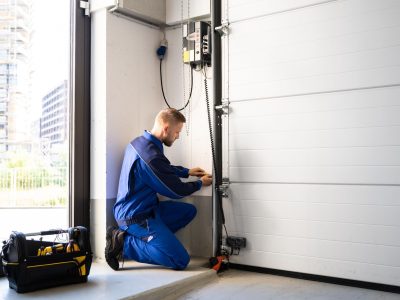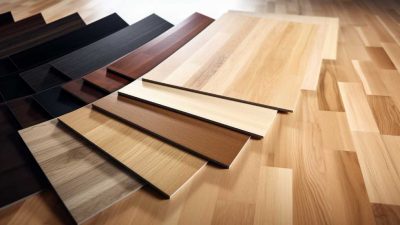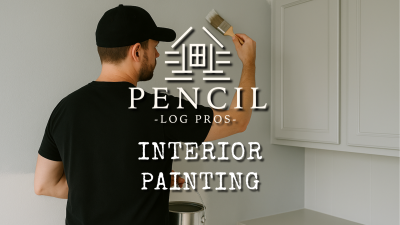Retaining walls are more than just an attractive addition to your landscape — they serve a vital purpose by holding back soil, managing slopes, and preventing erosion. But here’s the catch: if not built properly, they can lean, crack, or even collapse over time. That’s why ensuring the structural integrity of your retaining wall is crucial. So, how do you make sure your wall stands strong for years to come? Let’s discuss everything you need to know.
Why Structural Integrity Matters
Have you ever seen a retaining wall that’s leaning or bowing outward? That’s usually the result of poor design or construction. A retaining wall is constantly battling the forces of gravity and lateral earth pressure. Without proper planning, drainage, and reinforcement, the soil behind the wall can exert enough force to push it over. Ensuring structural integrity not only protects your investment but also keeps your yard safe and functional.
Start With a Solid Design
The first step in building a durable retaining wall is having a good design plan. Think about the purpose of the wall: Is it just decorative, or is it holding back tons of soil? The higher the wall, the more critical the design becomes. Many areas have building codes that require engineering approval for walls above a certain height — usually around 4 feet. Don’t skip this step; consulting a professional designer or engineer early on can save you major headaches later.
Choose the Right Materials
When it comes to retaining walls, the materials you use can make or break the project. Are you going for natural stone, poured concrete, concrete blocks, or timber? Each material has its pros and cons. For example, concrete blocks are easy to stack and offer good stability, while natural stone provides a timeless, rustic look. Whatever you choose, make sure it’s strong enough to handle the weight and pressure of the soil behind it. Cheap materials might look okay at first, but they’re more likely to fail over time.
Focus on a Stable Base
A common mistake in DIY retaining walls is neglecting the base. The foundation is what supports the entire structure, so it needs to be strong and level. Typically, the base consists of several inches of compacted gravel topped with a leveling pad of sand. This helps distribute the weight evenly and prevents the wall from settling unevenly or shifting.
Install Proper Drainage
One of the biggest threats to retaining walls is water. When water builds up behind the wall, it increases the lateral pressure and can cause the wall to fail. That’s why drainage is a critical part of ensuring structural integrity. How can you do this? By installing a perforated drain pipe (also called a “French drain”) at the base of the wall, and backfilling with gravel or crushed stone instead of just soil. This allows water to drain away and relieves pressure on the wall.
Don’t Forget Reinforcement
If your retaining wall is tall or supporting a significant amount of soil, reinforcement is essential. Geogrid, a type of synthetic mesh, is often layered between soil and wall blocks to provide extra strength. In some cases, steel reinforcements are used in concrete walls. Have you thought about how much pressure your wall will face? It’s more than you might expect, and adding reinforcements ensures your wall can handle the load.
Account for Soil Conditions
Not all soils behave the same way. Sandy soils drain well but may shift easily, while clay soils hold water and exert more pressure when wet. Knowing the type of soil you’re working with can help you adjust the design and drainage accordingly. If you’re not sure about your soil type, consider having it tested. Understanding what’s beneath the surface is key to building a wall that lasts.
Hire Professionals When Needed
Let’s be honest — some retaining wall projects are simply too complex for a weekend DIY job. If your wall is taller than a few feet, or if it’s holding back a steep slope, hiring a professional contractor is usually the smart move. They have the expertise, tools, and experience to build a wall that’s not only attractive but structurally sound.
Regular Maintenance Keeps It Strong
Even the best-built retaining walls need a little upkeep over time. Inspect your wall periodically for signs of trouble — like cracks, leaning, bulging, or water pooling behind it. Addressing small issues early can prevent costly repairs later. Have you checked your wall lately? Keeping it in good shape is much easier than rebuilding it entirely.
Final Thoughts: Build It Right the First Time
A retaining wall is an investment in both your property’s appearance and its safety. Cutting corners might save money upfront, but it can lead to big problems down the road. By focusing on solid design, quality materials, proper drainage, and reinforcements, you can build a wall that stands the test of time. Clients have praised rainierrockeries.com for delivering durable, beautiful retaining walls in Bellevue, WA that stand up to the elements and enhance property value.
Still wondering if you should hire a pro or take the DIY route? Let’s discuss your specific situation — sometimes, a quick chat with an expert can make all the difference. Remember, a well-built retaining wall isn’t just functional; it’s also a feature you can be proud of for years to come.
If you have any questions about materials, design ideas, or maintenance tips, don’t hesitate to ask. Building something strong starts with knowing what to expect — and now, you’re already one step ahead!











Comments